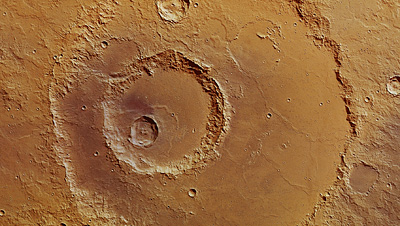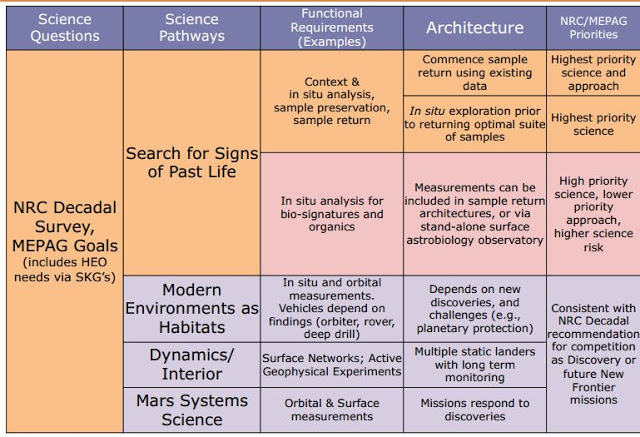

| Visitors Now: | |
| Total Visits: | |
| Total Stories: |

| Story Views | |
| Now: | |
| Last Hour: | |
| Last 24 Hours: | |
| Total: | |
Learning To Live On Mars: Humans Adjusting To Martian Days
Researchers at Brigham and Women’s Hospital have developed and tested a fatigue management program which is successful at controlling space-age jetlag
Since the beginning of August, NASA’s Mars rover, Curiosity, has been roaming all over the distant planet learning as much as it can about the Martian terrain. The mission control team back on Earth has also learned what it may be like on Mars by trying to live and work on a Martian day, which is about 40 minutes longer than an Earth day.
This ‘day’ length causes havoc with the internal 24-hour body clock but researchers at Brigham and Women’s Hospital (BWH) have developed and tested a fatigue management program which is successful at controlling this space-age jetlag. The results of the study will be published electronically on September 28, 2012 and will be published in the October print issue of SLEEP.
Gale Crater where the Curiosity Rover Is Exploring

Credits: ESA/DLR/FU Berlin (G. Neukum)
Mission controllers investigating the Martian landscape are required to communicate with the rover on Martian time. This unusual schedule poses a great challenge as our internal body clock has evolved to expect a 24-hour light-dark, not a 24.65 h ‘day’, making it difficult to sleep, wake and work. “Our study, which was conducted during the Phoenix Mars Lander mission, investigated the effectiveness of a pilot program to educate the mission personnel on how to reset their body clocks more quickly and how to improve their sleep, alertness and performance,” explained Steven W. Lockley, PhD, neuroscientist at BWH, and senior investigator on this study.
The research team studied 19 scientific and technical personnel supporting the Phoenix Lander mission for more than 11 weeks. The participants were assessed using a sleep/work diary, continuous wrist actigraphy, and regular performance tests. A subset of the study participants were also given portable blue-light light boxes to place at their workstations to help reset their internal body clocks and improve their performance. The researchers found that most of the participants were able to synchronize to a Martian day schedule.
“While adapting the human sleep-wake and performance cycle to a 24.65 hour day is a substantial challenge, our study has provided the foundation to develop comprehensive fatigue management programs for future missions, which may eventually include manned missions to Mars,” explained Laura Barger, PhD, an associate physiologist at BWH and principal investigator of the study. “Such a program could decrease the risk of fatigue-related mistakes during these high profile and expensive missions.”
Researchers suggest that these findings may also prove helpful to other groups that work on unusual ‘day-lengths’ such as submariners who have traditionally lived on an 18-hour day.
This research was funded by the National Aeronautics and Space Administration (NNX08AD66A) and supported in part by the National Space Biomedical Research Institute through NASA NCC 9-58. The Phoenix Mars Lander mission was supported by NASA contract NNH04CC16C.
This grid provide a look at some of the question the scientists are trying to answer by communicating with the Curiosity Rover on Mars.
Contacts and sources:
Jessica Maki
Brigham and Women’s Hospital



